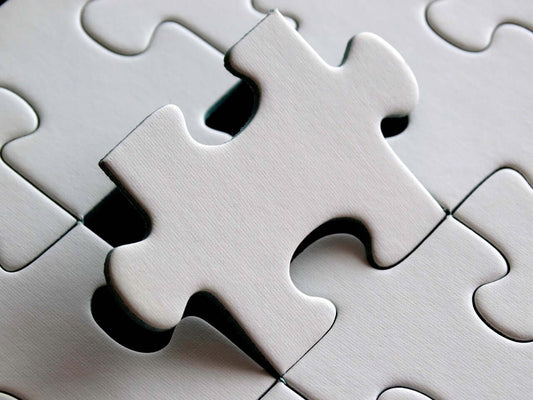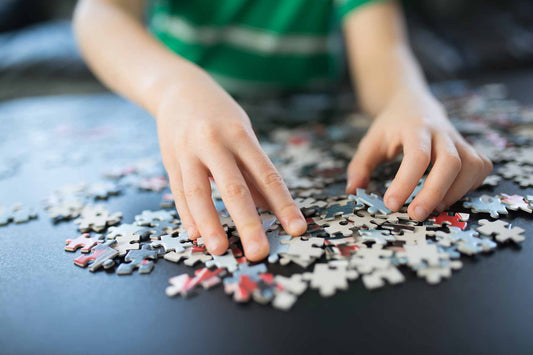Puzzles are a popular pastime that can be enjoyed both alone and with friends and family. But how are these puzzles created, which challenge us to think and solve fun riddles?
High-quality puzzles are made of cardboard or wood. The cardboard usually has a thickness between 1.5 and 3 mm. Depending on the complexity of the design, a puzzle can have between 20 and 50 thousand pieces. Designers use computer programs to create drawings, which are then printed on cardboard.
After the cardboard is printed, it is placed in a puzzle cutting machine. These machines use thin lasers to cut the cardboard into many small pieces. They are cut into classic shapes such as circles, squares, triangles, and many others.
But behind every puzzle is an artist who has created the design. These artists use many different techniques to create beautiful and unique drawings. Some use watercolors, while others prefer pencils or inks. Regardless of the technique they choose, artists have a special connection to their designs and hope that others will fall in love with their creations too.
When choosing a puzzle, the multitude of options can be overwhelming. You can choose from many designs, from monochromatic and abstract to beautiful landscapes and portraits of animals. This is part of the beauty of puzzles - there is always something new to discover and new challenges to overcome.



